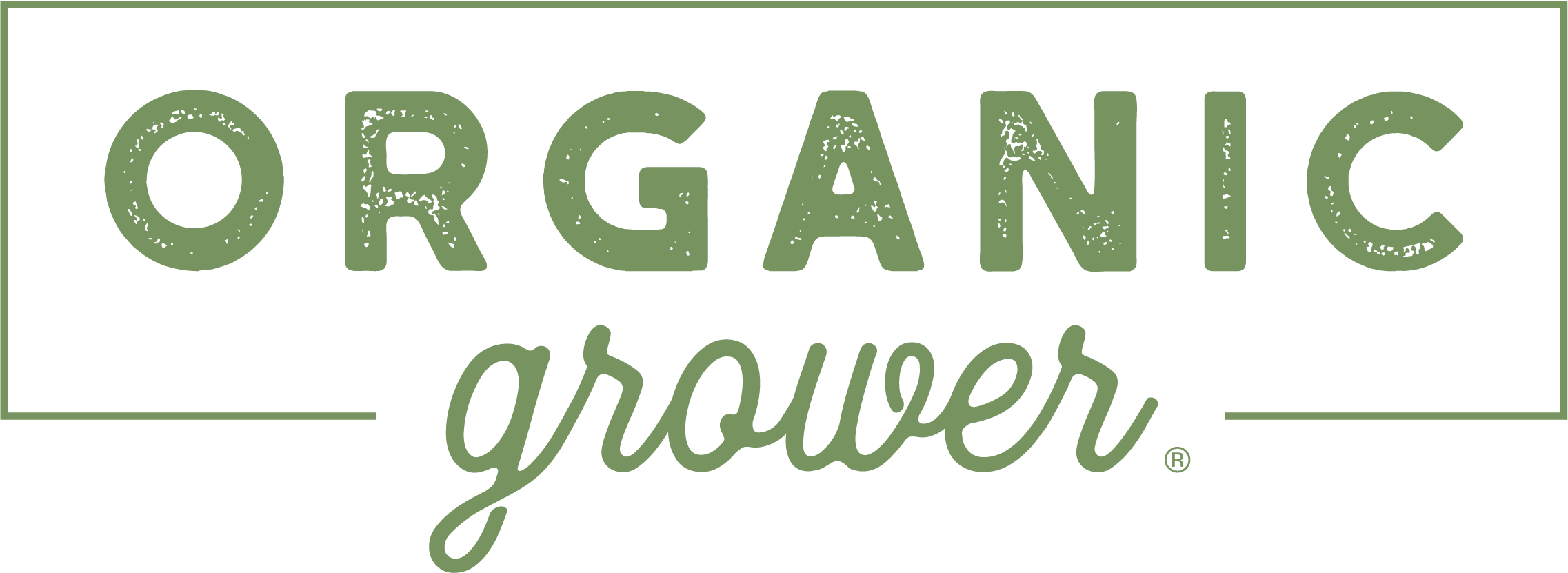Aug 18, 2022UF receives proof that Blueberry Advisory System minimizes fruit rot
Anthracnose fruit rot plagues blueberries, especially in Florida. In fact, it’s among the fruit’s most damaging diseases.
To manage the disease, farmers normally spray the crop with fungicides, but on a calendar basis – in other words, every two or three weeks.


So, a few years ago, University of Florida scientists developed the Blueberry Advisory System, a tool to help blueberry growers fight fruit rot – through a system of alerts.
Now, researchers have proof the system works to help minimize fruit rot and improve crop yields, with a recent study in from The American Phytopathological Society.
When flowers and fruit are developing, many farmers use a calendar-based method to spray their plants to protect against the rot. With the Blueberry Advisory System, they spray when the tool sends them alerts. Notifications are received via text or email.
Growers can also use the risk assessments to choose whether to use a less-expensive fungicide when they encounter moderate disease risk, or a more effective but also more expensive product during high-risk periods.


“Several Florida commercial blueberry growers have reported using the Blueberry Advisory System to help with the timing of fungicides to control anthracnose fruit rot, either by using the web-based tool alone or in combination with farmers’ own spray programs,” said Doug Phillips, UF/IFAS statewide blueberry Extension coordinator.
Clyde Fraisse, a UF/IFAS professor of agricultural and biological engineering, designed the Agroclimate system that hosts this and other disease tools. Natalia Peres, a plant pathology professor at the UF/IFAS Gulf Coast Research and Education Center, adapted and evaluated the disease models used in the system.














